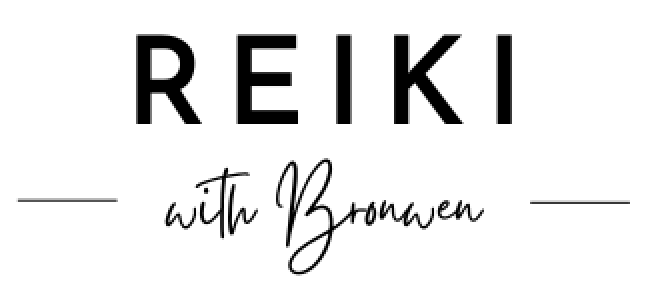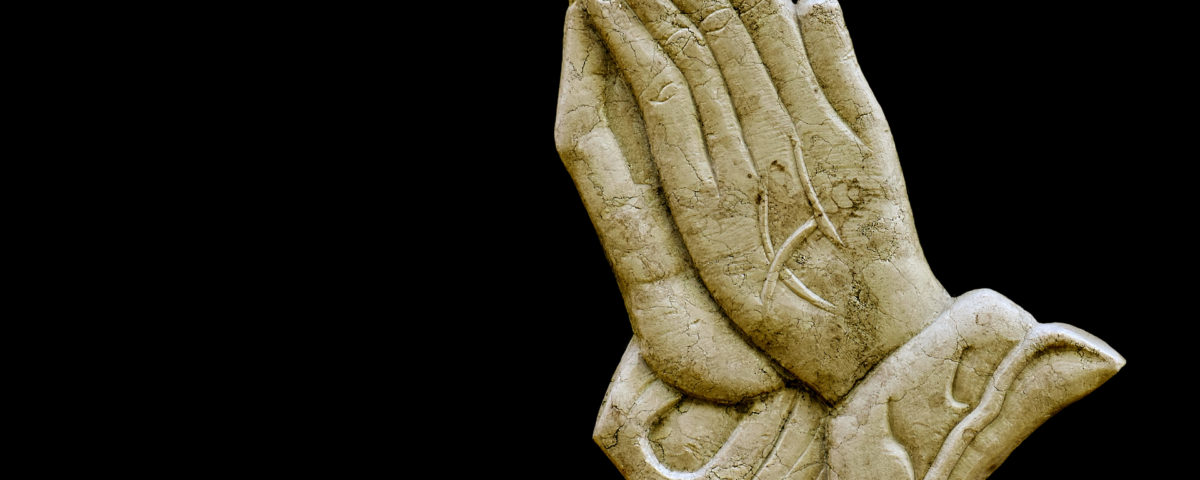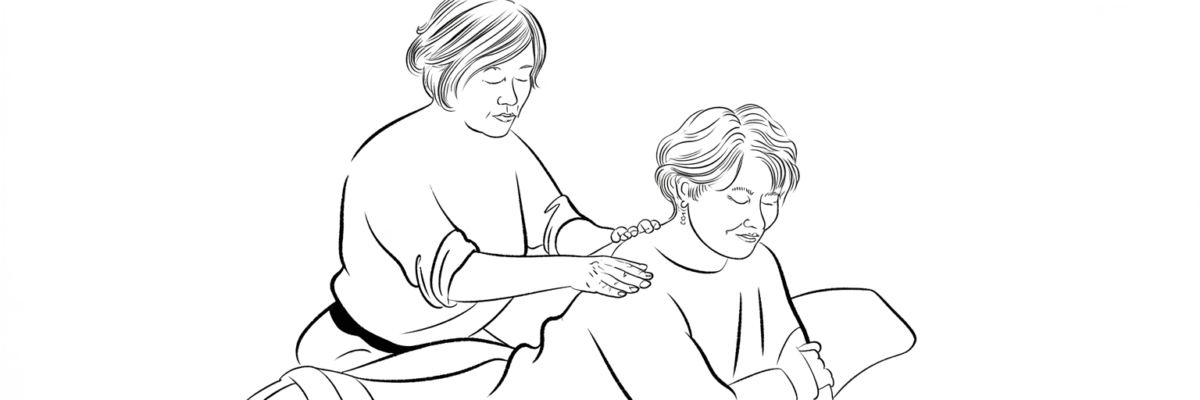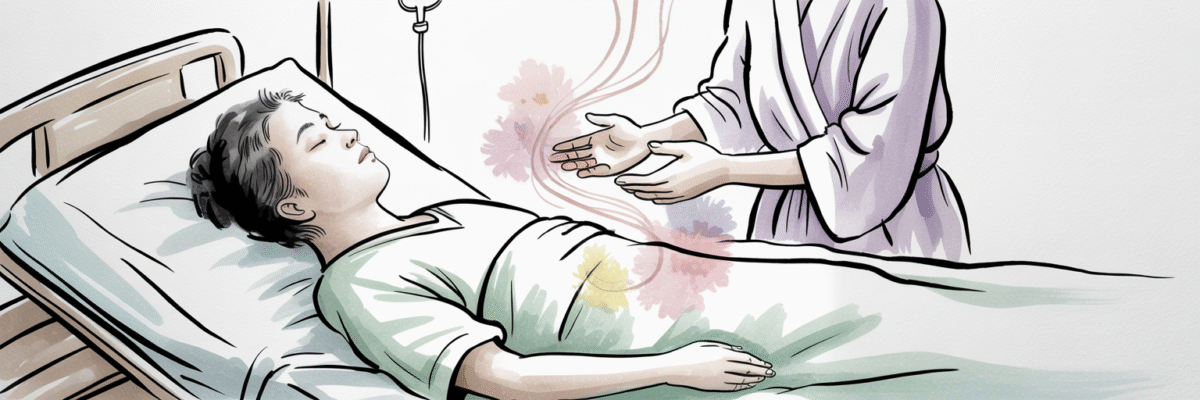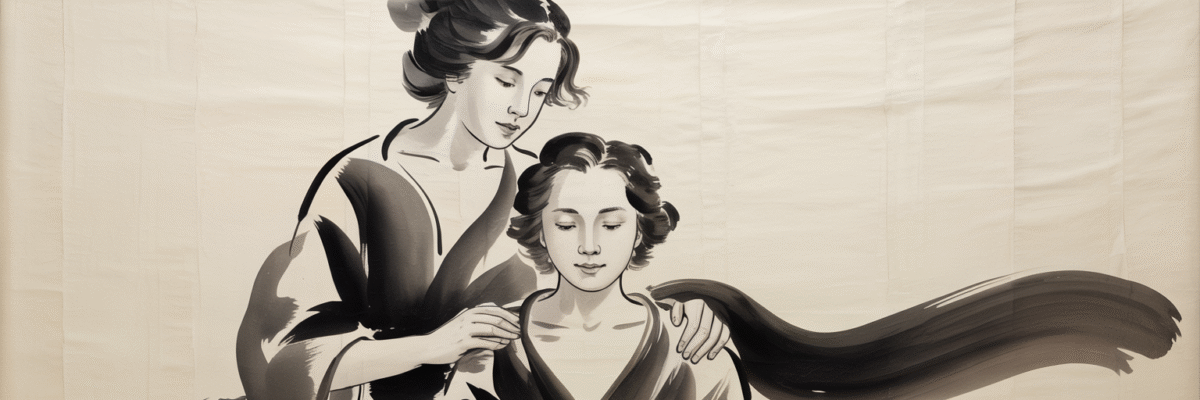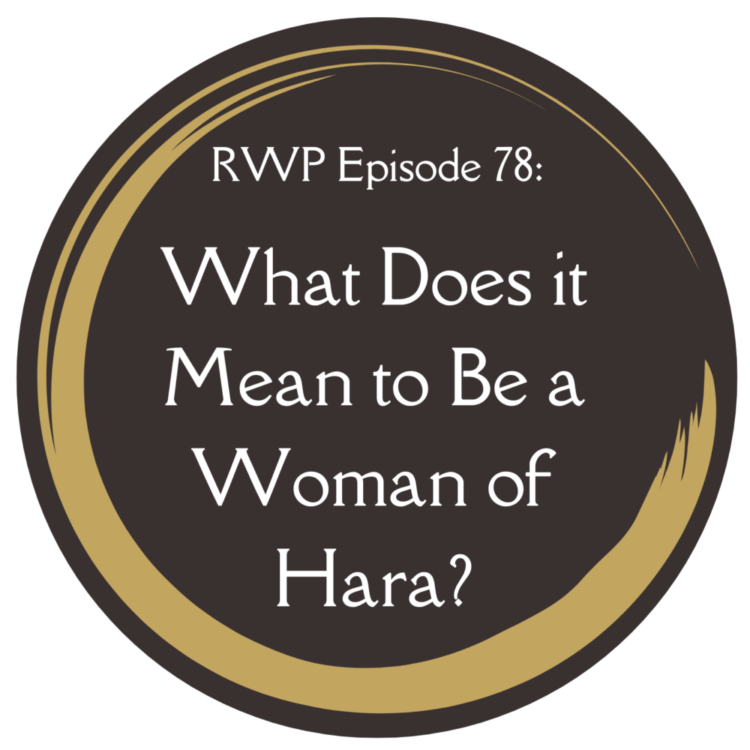
What Does it Mean to Be a Woman of Hara? with Reiki Women Podcasts
March 10, 2023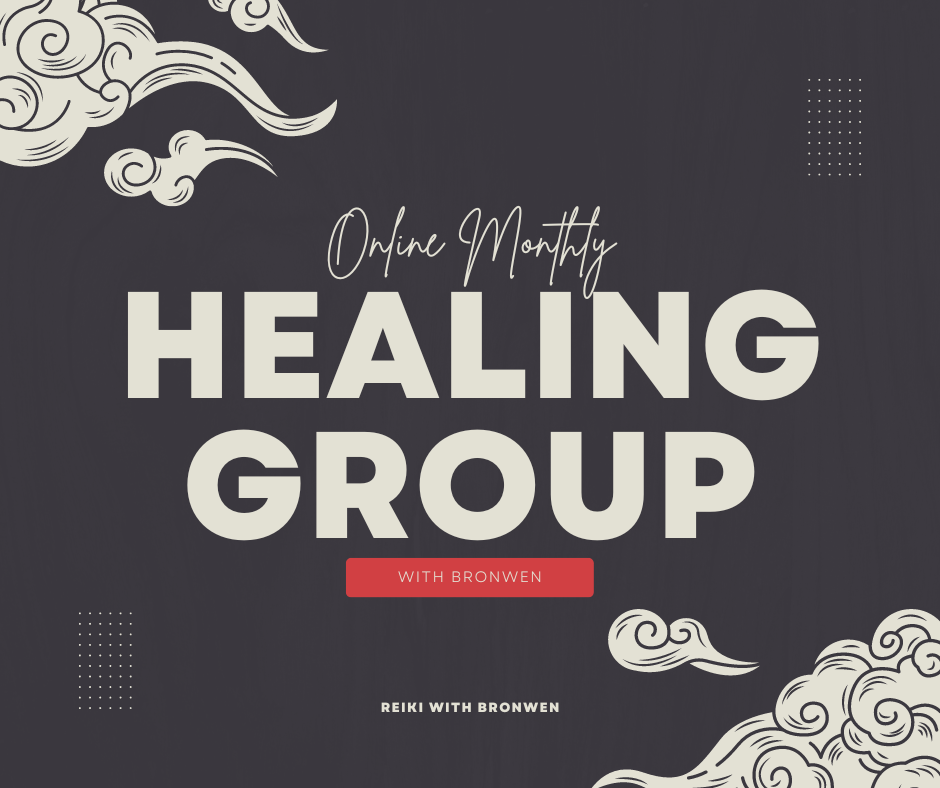
Online Monthly Healing Group with Bronwen
March 11, 2023If I were to ask Reiki practitioners the question, “Is the system of Reiki a religion?” you would hear a resounding, “No”.
One of the main reasons something is called a religion is because it is structured upon dogma; an institutionalised system. Yes, there are five main elements to the Japanese system of Reiki (it has a structure); meditations and techniques, hands-on healing, symbols and mantras, reiju (spiritual blessing) and the precepts. But, unlike an institution, there are no rules, and there is definitely no enforcing of rules.
These five elements have been used in a variety of ways throughout the system’s history. Simplistically, it is possible to see two different directions that the practices have taken, one from Japan where the origins of the system were brought together in the early 1900s and the other from the West where Hawayo Takata brought it back to Hawaii from Japan in 1938.
One aspect that is fairly consistent in the Japanese-based practice is the idea of the system of Reiki being an internal practice rather than an external one. I love this as I find the system incredibly non-judgemental and accepting. We are all different and we can never really know another’s thoughts, motivations or desires. It’s not about doing things to others or knowing what others need but improving our lives, being healthier and happier and allowing those internal changes to ripple out into the world around us. If we look at each of the five elements we can see how that works.
The meditations of the system are obviously internal self-development practices where we work on developing greater focus and strengthening our Ki. These practices are tools to remind us of that open spaciousness of Reiki.
In the Japanese practice, symbols and mantras are not about being used on another, they, too, are just a tool for the practitioner to support their own healing. If I work with the symbols and the mantras on myself, the greater my openness and the better a practitioner I become. This benefits a client far more than me fluffing around with their energy. I don’t judge what a client needs but instead allow my greater sense of Oneness to override that need to take control of another’s healing. This is about self-empowerment for the client.
Hands-on healing sounds like an external practice yet this is where the practitioner consciously shares their energetic space allowing the client to find balance and wholeness within. It is not a directed practice as such, but an offering of the self. Working with the other elements of the system provides the practitioner with greater focus and energetic strength.
Reiju is shared by the teacher with the practitioner as a support, like hands-on healing, but with a different intent and ritual. Once again, it is about the teacher developing their focus and energy to support the student in finding their own balance within.
And finally, we have the precepts. We often talk of the precepts as the most important aspect of the system of Reiki. If we can be the precepts, we are Reiki. Yet, we require tools – like those mentioned above – to help us to be the precepts. Most practitioners will agree that this element is an internal practice that we contemplate or meditate upon.
Precepts can, however, be mistaken for rules, which brings them into the realm of dogma and religion. But a precept is a guideline. Something we follow at a very personal, individual level.
When we are dogmatic about the precepts we begin to tell others how to live their lives; we begin to judge what others need. We start to tell them to not anger or worry, to be grateful, to be honest, and – for goodness sake – be compassionate. This ‘telling’ is not a part of the Reiki precept practice. The precepts are guidance for our inner lives alone. It is not unlike the idea that we do not judge what clients require in our hands-on healing practice. We cannot heal clients – that is something they must be open to do for themselves. We provide the state of our personal practice and they take what they need from that.
The system of Reiki is a spiritual practice that teaches us about ourselves and often, to our chagrin, our own levels of hypocrisy. If you find yourself judging others then try this technique. Hold up a full-body mirror to yourself and see where the arrows of judgement reflect back upon you. How can you be more compassionate, for example? More grateful? Less angry?
Reiki practitioners are not looking to practice a religion called Reiki. We use the system’s elements to support us in being the Reiki precepts, and those precepts are here, not to rule, but to guide us in being the best person we can possibly be at this exact moment in time.

